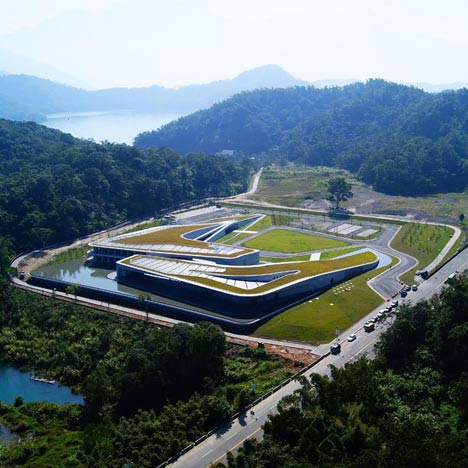
Tokyo architects Norihiko Dan and Associates have completed this visitor centre on the shore of Sun Moon Lake in Taiwan.
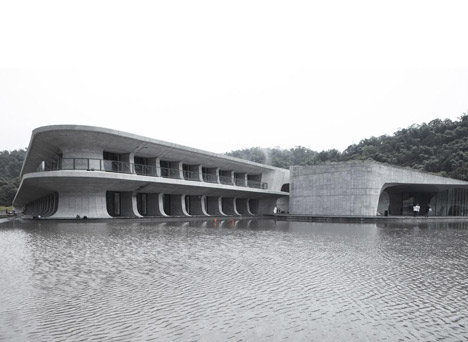
Housing the tourist board’s offices and an information centre for visitors, the building has a green roof and rises out of the surrounding land towards the lake.
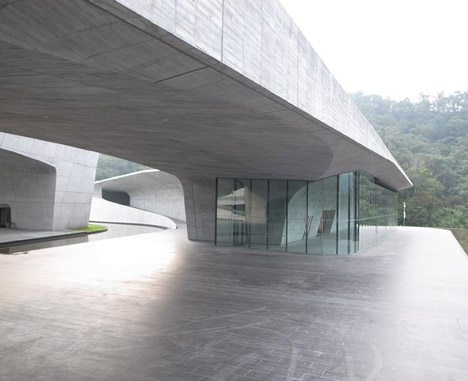
Curved concrete channels lead round the structure towards the lake.
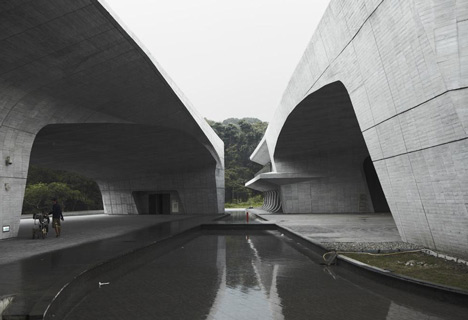
A basin of water between the building and the lake reflects a rippling image of the surrounding trees.
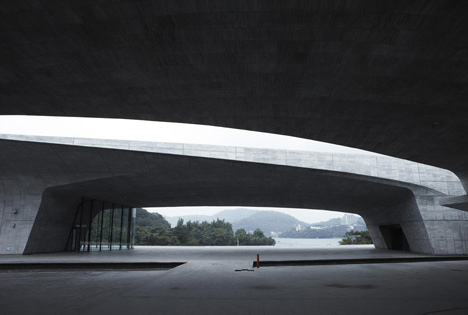
The building will open to the public on 25 February.
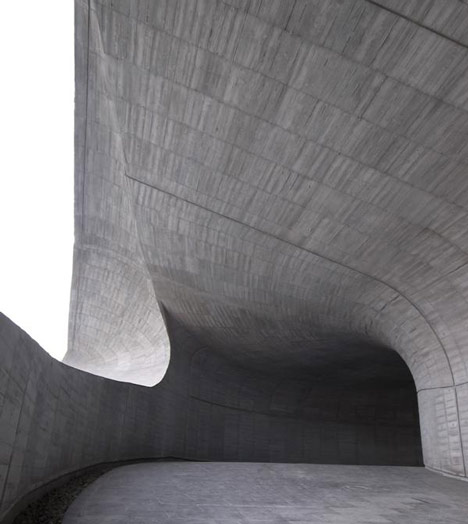
The information below is from Norihiko Dan and Associates:
Sun Moon Lake Administration office of Tourism Bureau —A landform for dialog between the human being and nature
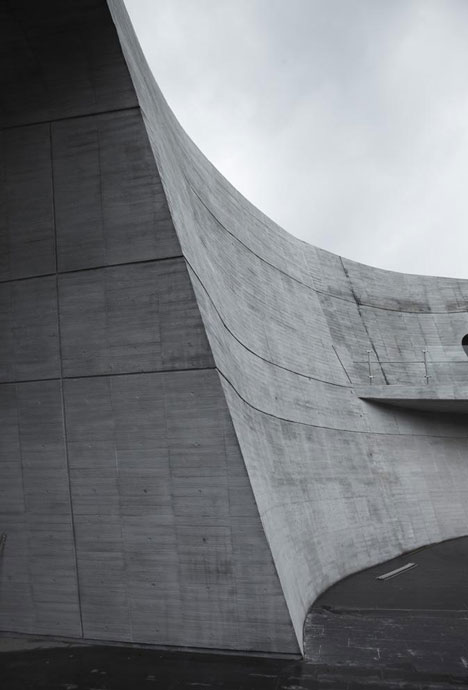
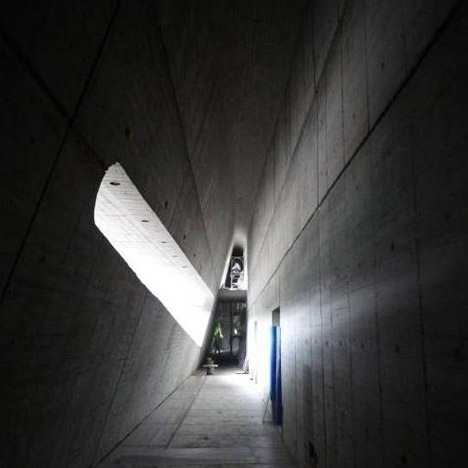
The site just touches the narrow inlet extending almost south-north at its northern tip, has a narrow opening facing the lake-view direction, and extends relatively deep inland along a road. Looking towards the lake, the lake surface looks like it is cutout in a V shape as mountain slopes close in from both sides.
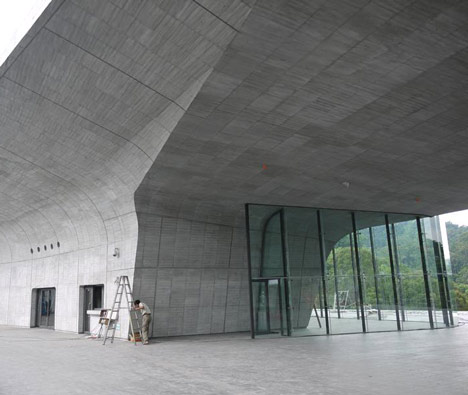
That is, although the site is for the Sun Moon Lake Scenery management bureau, it doesn’t have a 180° view of Sun Moon Lake as can be enjoyed from the windows and terraces of the hotels standing on a typically popular site.
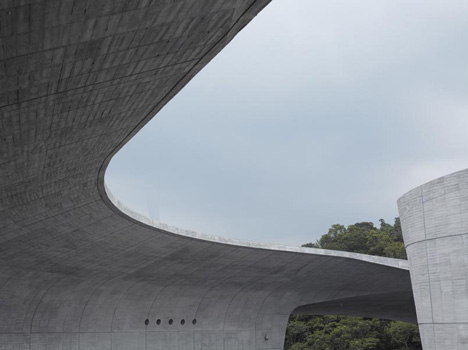
In most cases with sites like this, the building is positioned on the lake side to secure the greatest view possible, and thus the inland side tends to become a kind of dead space.
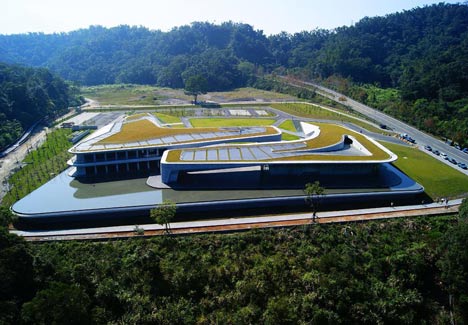
As the basic policy for the design, my first aim was to propose a new model for a relationship between the building and its natural environment while preserving the surrounding scenery and keeping the inland area from becoming dead space.
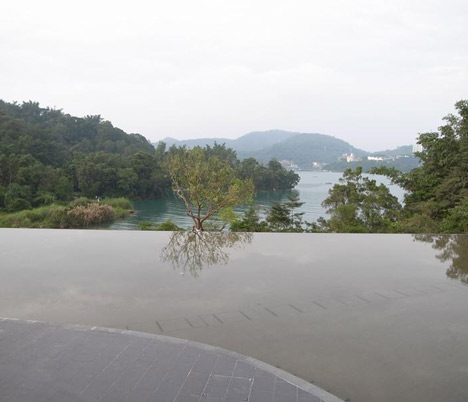
My second priority was to address the disadvantages of the site whose view of the Sun Moon Lake is not necessarily perfect, and to draw out and amplify the potential advantages.
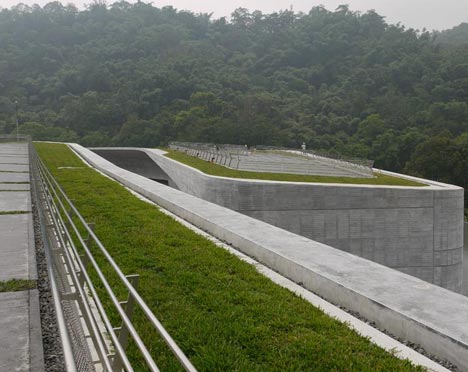
One way to solve the first problem was to pursue a new relationship between the building and its surrounding landform.
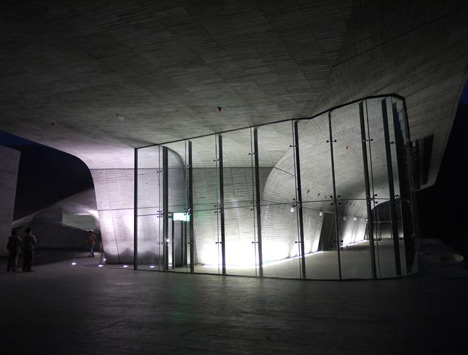
Since long ago, buildings have generally been built “on” landforms, but there have been cases in which they have been built within landforms, such as the early Catholic monasteries of Cappadocia and the Yao Tong settlements along the Yellow River, and there have also been such classics as Nolli’s map that considered the building as the ground which can be curved or transformed, similarly to the landform, in a conceptual sense.
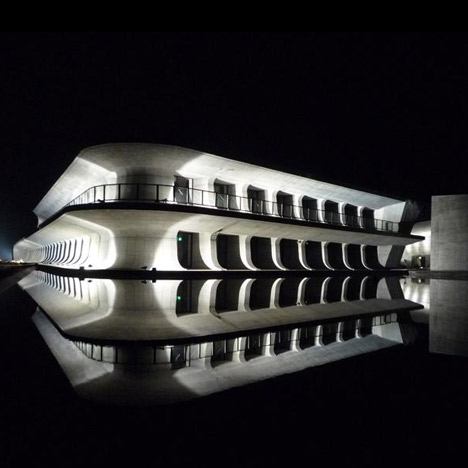
Due to the fact early modernism negated in totality the methods of self-transformation—including the poche method that belonged to pre-19th century neoclassicism in particular—and demonstrated an inability to adapt to the complex and diverse topography in such areas as east Asia, I believe that 20th century architecture actually gave rise to the phenomenon of land development projects that “flattened” mountains, an approach that is almost synonymous with the destruction of nature.
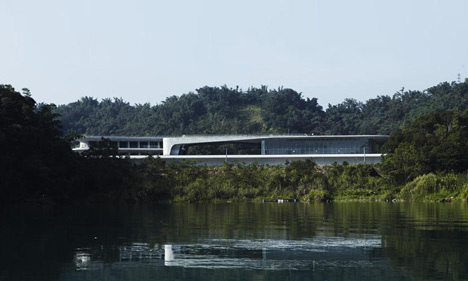
In fact, the very key to linking buildings with landforms lies in these issues that have been ignored by modernism.
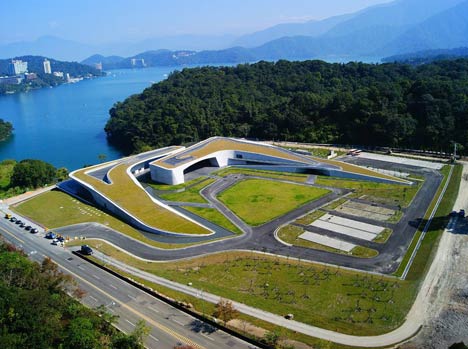
In this project, in order to emphasize a sense of horizontality to the architecture, I added more soil taken from construction for the foundation to the volume of the building conventionally required, and designed a composition in which the building on the lake side and a sloping mound on the inland side are in gradual and continuous transition.
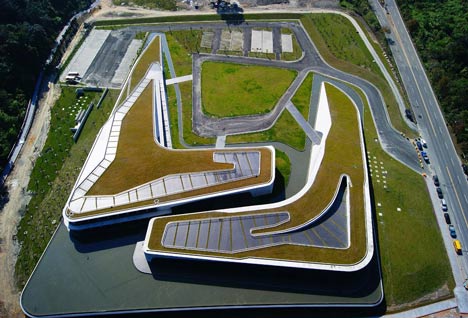
By adopting this composition I planned the design so that continuity is regained between the building and the landform to form an integrated garden rather than having the building sever the landform.

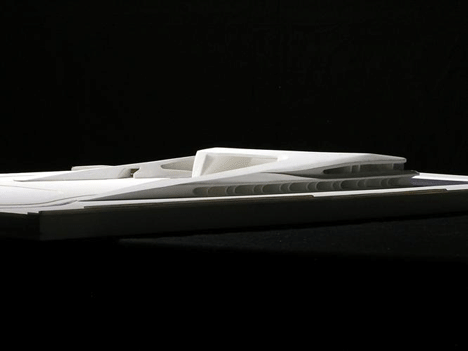
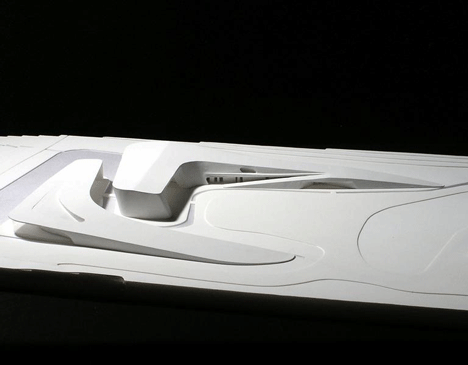
http://www.dezeen.com/2011/02/17/sun-moon-lake-visitor-centre-by-norihiko-dan-and-associates/
You have read this article Architecture /
Αρχιτεκτονική
with the title Sun Moon Lake visitor centre by Norihiko Dan and Associates. You can bookmark this page URL http://emill-emil.blogspot.com/2011/02/sun-moon-lake-visitor-centre-by.html. Thanks!







